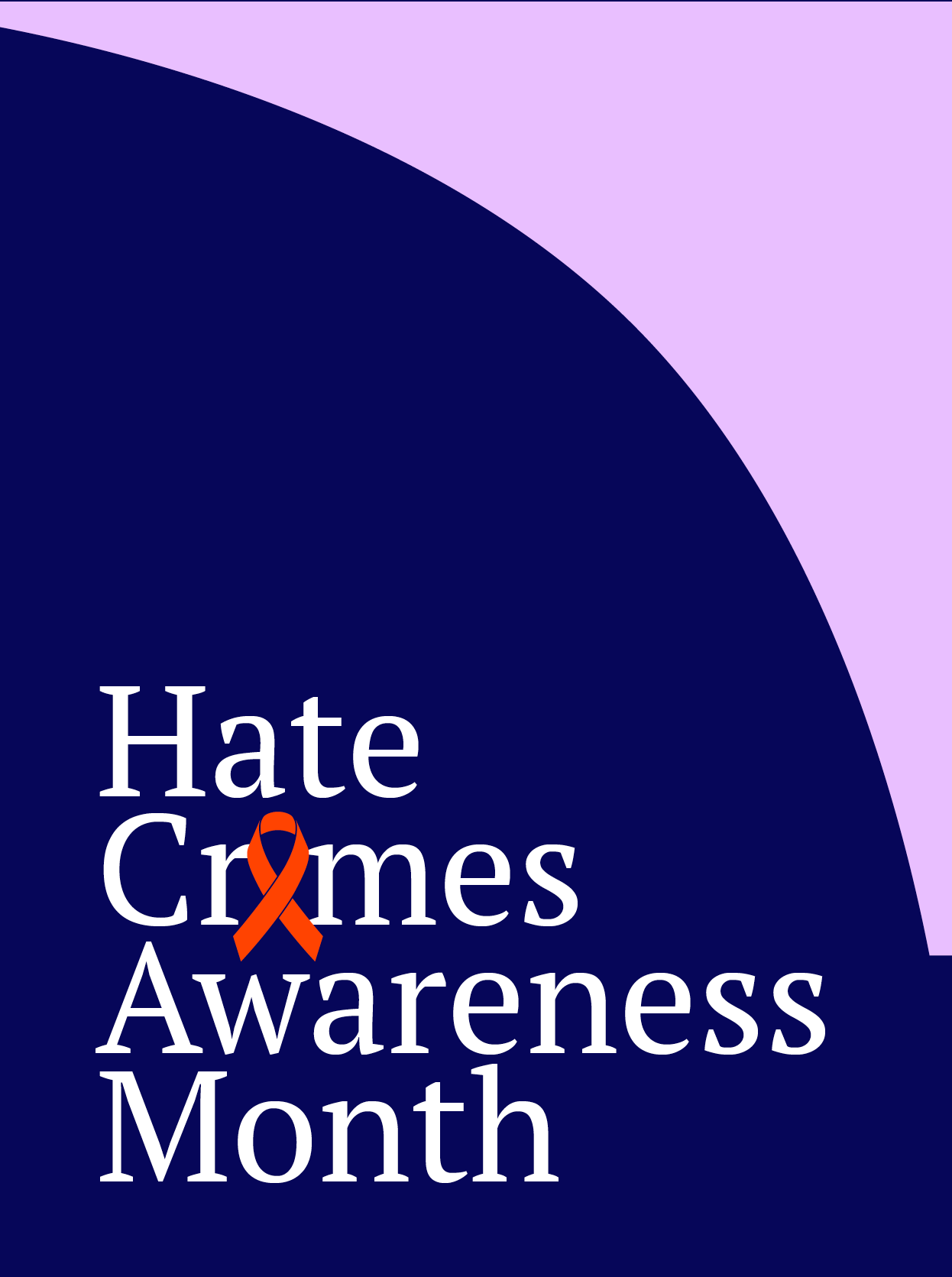Banned Books Week: Titles most challenged in schools and libraries
In 2022, the American Library Association (ALA) tracked more than 1,200 reported demands to ban books available in libraries across the U.S. The ALA’s Office for Intellectual Freedom compiles the collection of titles it says are the “Most Challenged Books,” in schools and libraries. Among the reasons cited in the challenges are LGBTQ+ subject matter, sexually explicit content or content that depicts equality, diversity and inclusion.
Many of the books on this list are recommended books for reading by the Southern Poverty Law Center’s Learning for Justice program, following bans in Florida schools.
Here are the most recent titles sought to be removed:
Gender Queer: A Memoir by Maia Kobabe
About the book: Published in 2019, Kobabe’s graphic novel serves as a guide on gender identity.
Reading audience: 18 and up.
Reason for challenge: LGBTQ+ content, claimed to be sexually explicit.
All Boys Aren’t Blue by George M. Johnson
About the book: In a series of essays, Johnson writes about growing up Black and queer and being unable to find words to express it. First published in 2020.
Reading audience: 15 and up.
Reason for challenge: LGBTQ+ content, claimed to be sexually explicit.
The Bluest Eye by Toni Morrison
About the book: Morrison’s first novel — published in 1970 — confronts the topics of racism and self-worth as it follows the experiences of a young Black girl who yearns for her eyes to turn blue to escape the consequences of her skin color.
Reading audience: 14 and up.
Reason for challenge: depiction of sexual abuse, Equality, Diversity and Inclusion content, claimed to be sexually explicit.
Flamer by Mike Curato
About the book: A graphic novel published in 2020 deals with a teenage boys’ struggle at summer camp with toxic masculinity and his sexual identity.
Reading audience: 14 and up.
Reason for challenge: LGBTQ+ content, claimed to be sexually explicit.
Looking for Alaska by John Green
About the book: A coming-of-age story that explores themes of grief, loss, hope and adversity. Published in 2005, it also was made into a miniseries that streamed on Hulu in 2019.
Reading audience: 16 and up.
Reason for challenge: LGBTQ+ content, claimed to be sexually explicit.
The Perks of Being a Wallflower by Stephen Chbosky
About the book: Published in 1999, Chbosky’s novel follows a teenage boy through his freshman year of high school as he deals with abuse, mental health, masculinity and self-discovery. Adapted into a movie released in 2012.
Reading audience: 14 and up.
Reason for challenge: Depiction of sexual abuse, LGBTQ+ content, drug use, profanity, claimed to be sexually explicit.
Lawn Boy by Jonathan Evison
About the book: Published in 2018, it tells the story of a Mexican American young adult who goes through a phase of self-discovery after losing his job on a landscaping crew.
Reading audience: 9 and up.
Reason for challenge: LGBTQ+ content, claimed to be sexually explicit.
The Absolutely True Diary of a Part-Time Indian by Sherman Alexie
About the book: Alexie’s novel depicts the life of an Indigenous teenage boy living in a reservation as he opts to attend an all-white public school. It was first published in 2007.
Reading audience: 11 and up.
Reason for challenge: Profanity, claimed to be sexually explicit.
Out of Darkness by Ashley Hope Perez
About the book: Published in 2015, the novel chronicles the relationship between a Mexican American girl and a Black boy in the 1930s.
Reading audience: 14 and up.
Reason for challenge: Depictions of abuse, claimed to be sexually explicit.
A Court of Mist and Fury by Sarah J. Maas
About the book: The second in a series of fantasy novels, the female heroine Feyre is split between two worlds.
Reading audiences: 17 and up.
Reason for challenge: Claimed to be sexually explicit.
Crank by Ellen Hopkins
About the book: The first in a three-part series, the book depicts a high school student’s battle with drug addiction. First published in 2010.
Reading audience: 14 and up.
Reason for challenge: Drug use, claimed to be sexually explicit.
Me and Earl and the Dying Girl by Jesse Andrews
About the book: Portrait of a relationship between a teenage boy and a high school classmate who has been diagnosed with leukemia. Published in 2012, it was adapted as a movie in 2015.
Reading audience: 14 and up.
Reason for challenge: Profanity, claimed to be sexually explicit.
This Book Is Gay by Juno Dawson
About the book: A memoir that touches on sexuality, relationships and growing up LGBTQ+.
Reading audience: 14 and up.
Reason for challenge: LGBTQ+ content, providing sexual education, claimed to be sexually explicit.
Illustration at top: Collection of book covers of the most challenged titles, according to the American Library Association. (Credit: SPLC)

